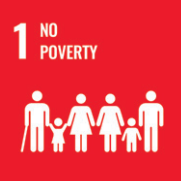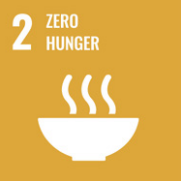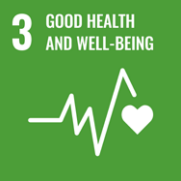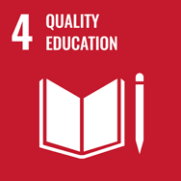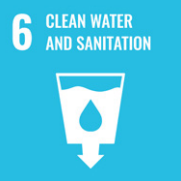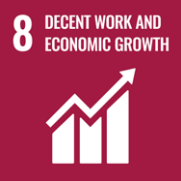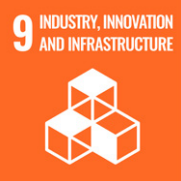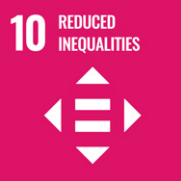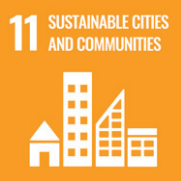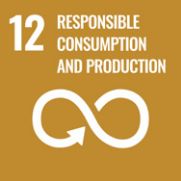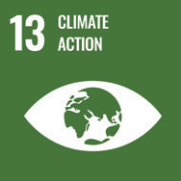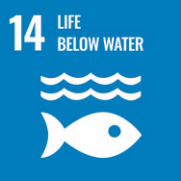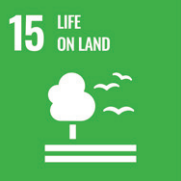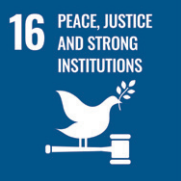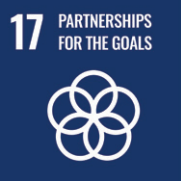SDG Goals
Gender Equality
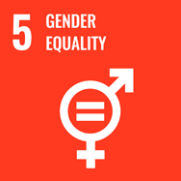
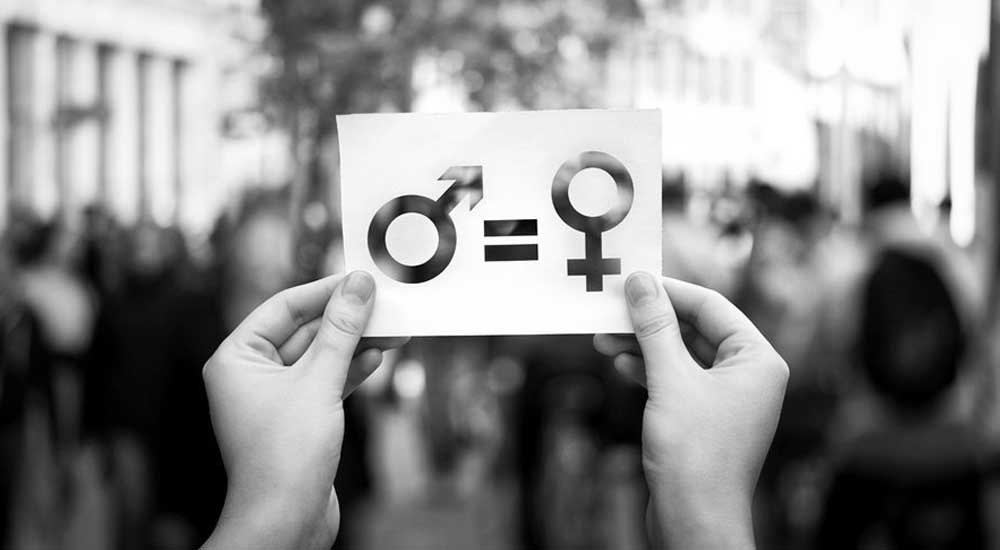
Goal 3: Gender Equality
Not only a basic human right but also, it’s crucial for a sustainable future, ending all discrimination against women and girls. Empowering women and girls to help economic growth and development is proven.
In the past 20 years, gender equality central to its work and we’ve seen remarkable progress, made by UNDP. As compared to 15 years ago, there are more girls in school now and have reached gender parity in primary education.
Although in the labor market, there are more women than ever, there are still large inequalities in some regions, with women systematically denied the same work rights as men. In public office, all remain huge barriers like sexual violence and exploitation, the unequal division of unpaid care and domestic work, and discrimination. Disproportionate effect on women and children, as there is conflict and migration because of climate change and disasters.
Equal rights like land and property, sexual and reproductive health, and to technology and the internet are vital to give women equal rights. We are witnessing that there are more women in public office than ever before, however, ultimately encouraging more women leaders will help achieve greater gender equality.
Facts and Figures:
- 1 Women earn only 77 cents for every dollar that men get for the same work.
- 2 35% of women have experienced physical and/or sexual violence.
- 3 Women represent just 13% of agricultural landholders.
- 4 Almost 750 million women and girls alive today were married before their 18th birthday.
- 5 Two thirds of developing countries have achieved gender parity in primary education.
- 6 Only 24% of national parliamentarians were women as of November 2018, a small increase from 11.3% in 1995.

